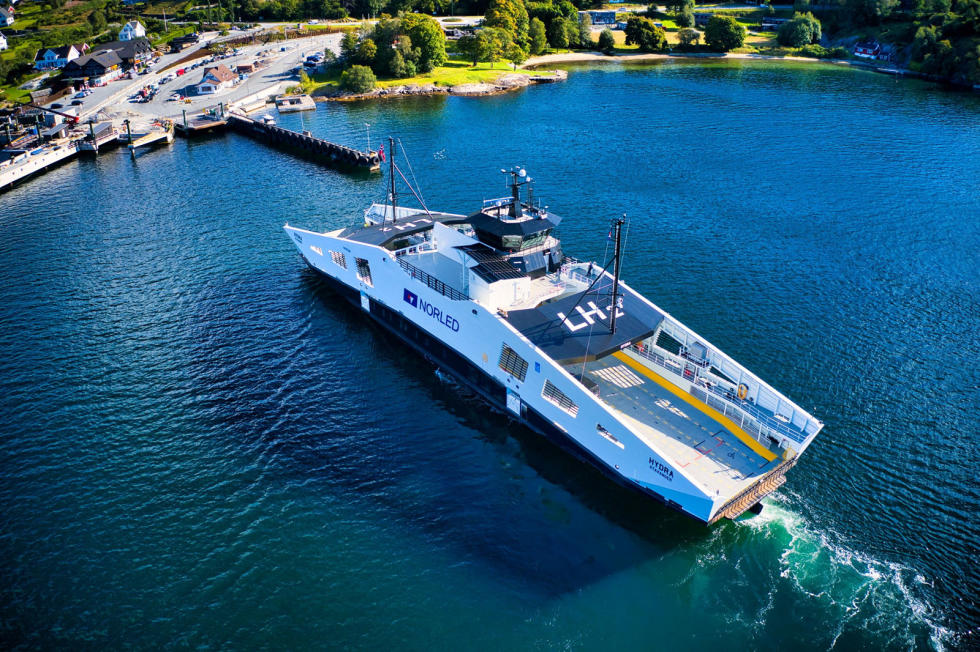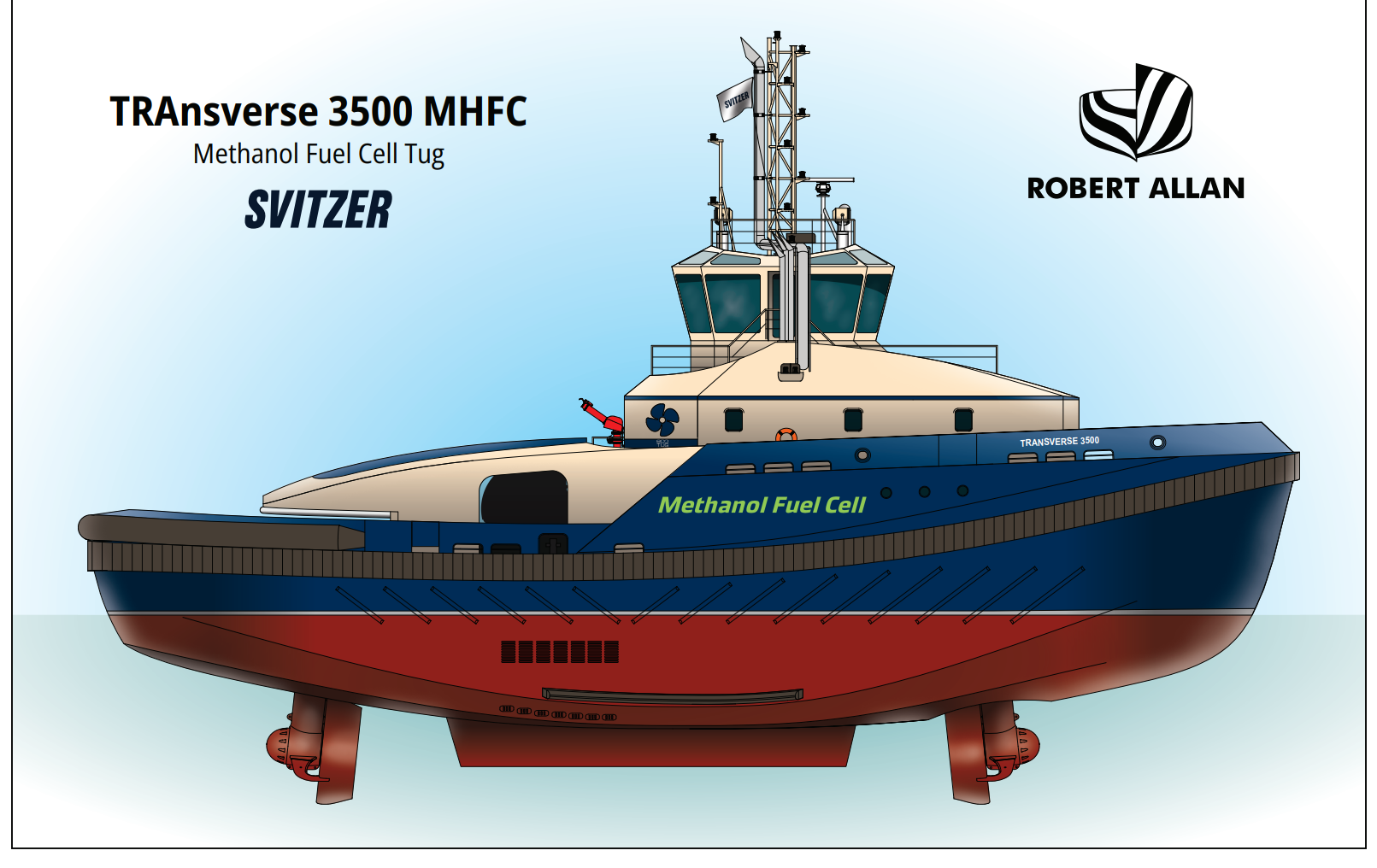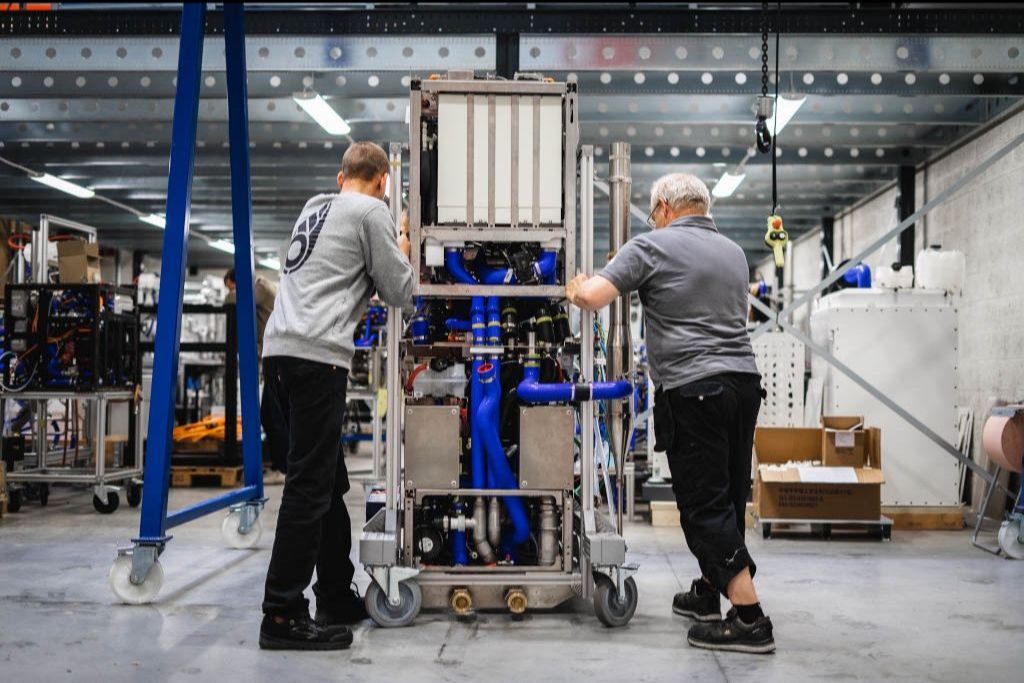Ballard believes its FCWave fuel cells will propel it into the marine market
Ballard’s work to get its marinized fuel cell solution into a Norwegian ferry represents is its first major push to enter the growing market for alternative maritime power systems.
The company is not alone in targeting shipping, competitors include Sweden’s Powercell, Nedstack in the Netherlands, and more recently Corvus (known most for marine batteries) with its fuel cell partnership with Toyota and also in Norway, TECO 2030. Other companies in the fuel cell market race include Blue World Technologies and CERES (UK).
It’s new solution, officially called FCWave, though lovingly nicknamed The Fridge by some of the company’s staff, is a packaged fuel cell system where the top half is the actual fuel cell and the lower part the integration, power and cooling systems needed for a fuel cell to be installed on a vessel. It has now received type approval, which comes from a classification society, to give it the proof of safety it needs to encourage new customers.
The front accessed system is, as the nickname suggests, just a little larger than a large US-style double door fridge, maybe a little bit higher. The formation allows the systems to be installed next to each other in a modular, parallel formation to incrementally increase power.
Each unit weighs a bit more though, about one ton, and is capable of generating up to 200kW, though according to the company fuel cells will be rated, similar to common marine engines, at a slightly lower percentage, depending on a given vessels power demands, route and speed.
Fuelled by hydrogen, consumption is around 3.6g hydrogen per second at that maximum 200kW rating.
Ballard is no newcomer to fuel cells, the Canadian company has been around since 1979. The fuel cells it makes are proton exchange membrane (PEM) fuel cells as opposed to solid oxide fuel cells, another fuel cell type under development.
Norled's MF Hydra
 A pair of Ballard’s FCwave modules are currently installed on a ferry newbuilding for Norwegian ferry company Norled. Despite Ballard only recently announcing it has received type-approval for the system, the vessel is already sailing, ferrying passengers and their cars on a triangular route between Hjelmeland-Skipavik-Nesvik in the fjords to the north east of Stavanger.
A pair of Ballard’s FCwave modules are currently installed on a ferry newbuilding for Norwegian ferry company Norled. Despite Ballard only recently announcing it has received type-approval for the system, the vessel is already sailing, ferrying passengers and their cars on a triangular route between Hjelmeland-Skipavik-Nesvik in the fjords to the north east of Stavanger.
The vessel is currently running on electricity but will be switched over to hydrogen and fuel cells later this year.
Hydrogen tanks to fuel the fuel cells are placed on the top of the vessel, the location considered a key safety feature given that hydrogen can be explosive. It is also worth noting that hydrogen is, given its extremely light atomic size, capable of passing through many materials, so special piping is double walled.

































